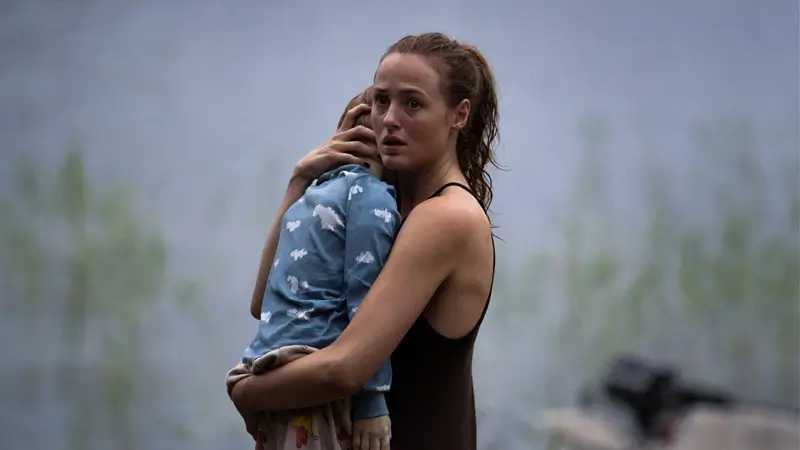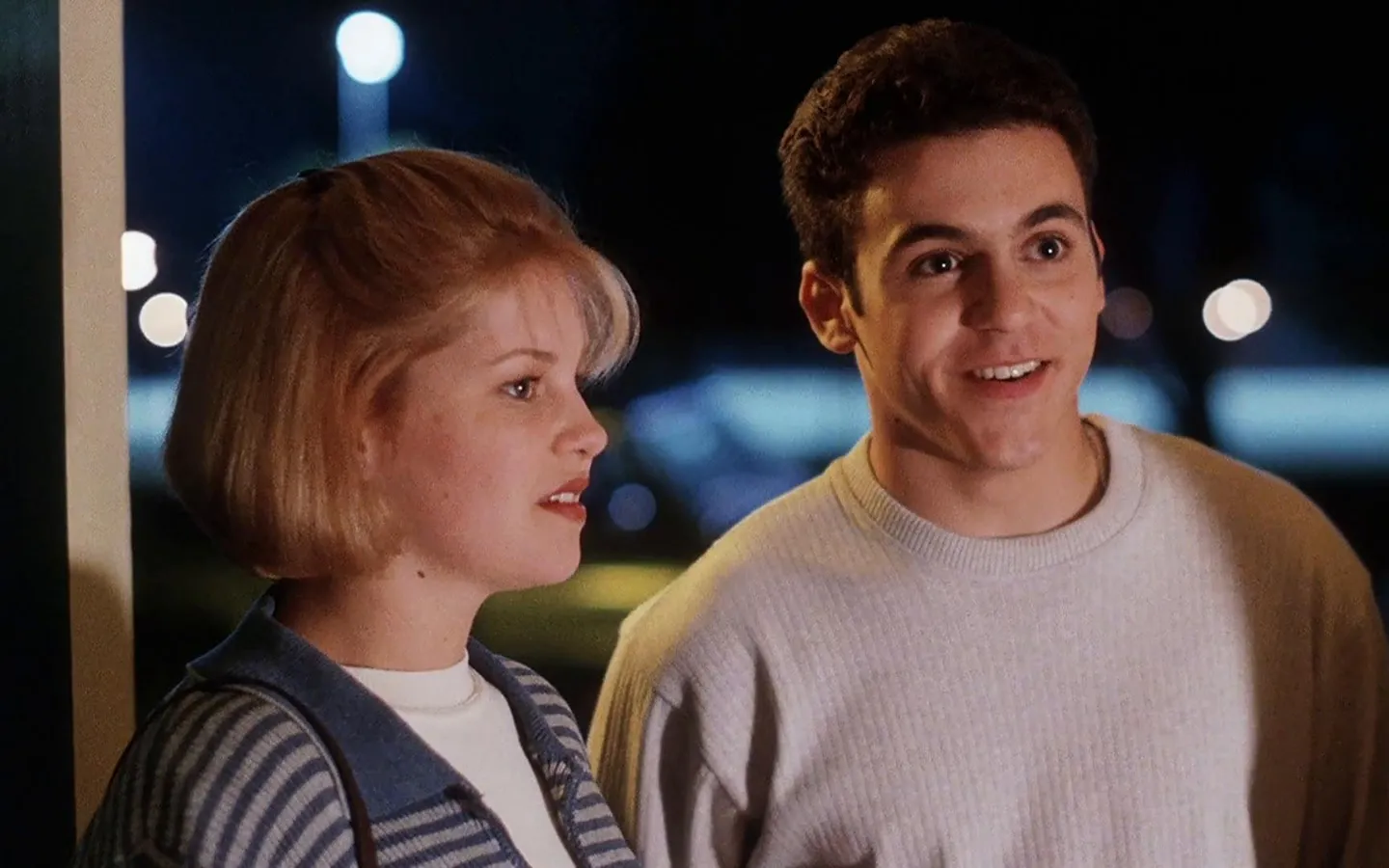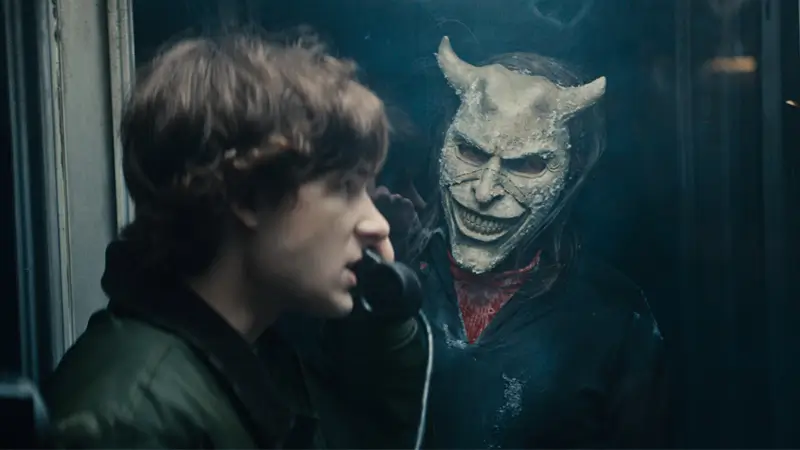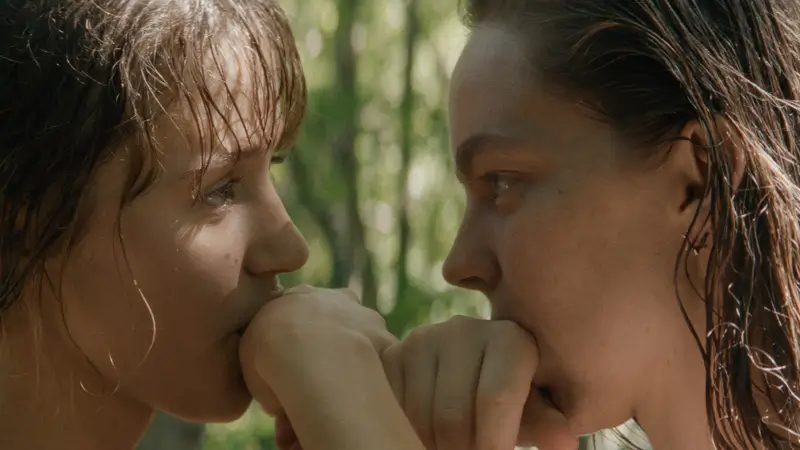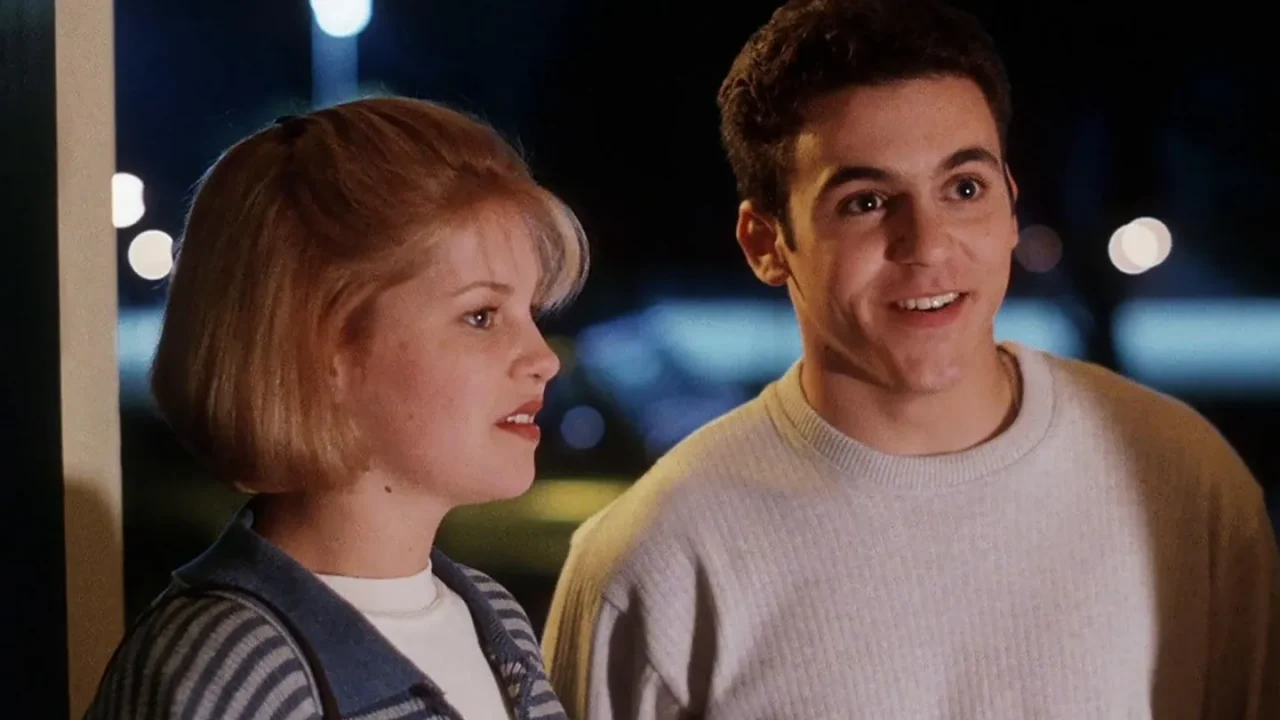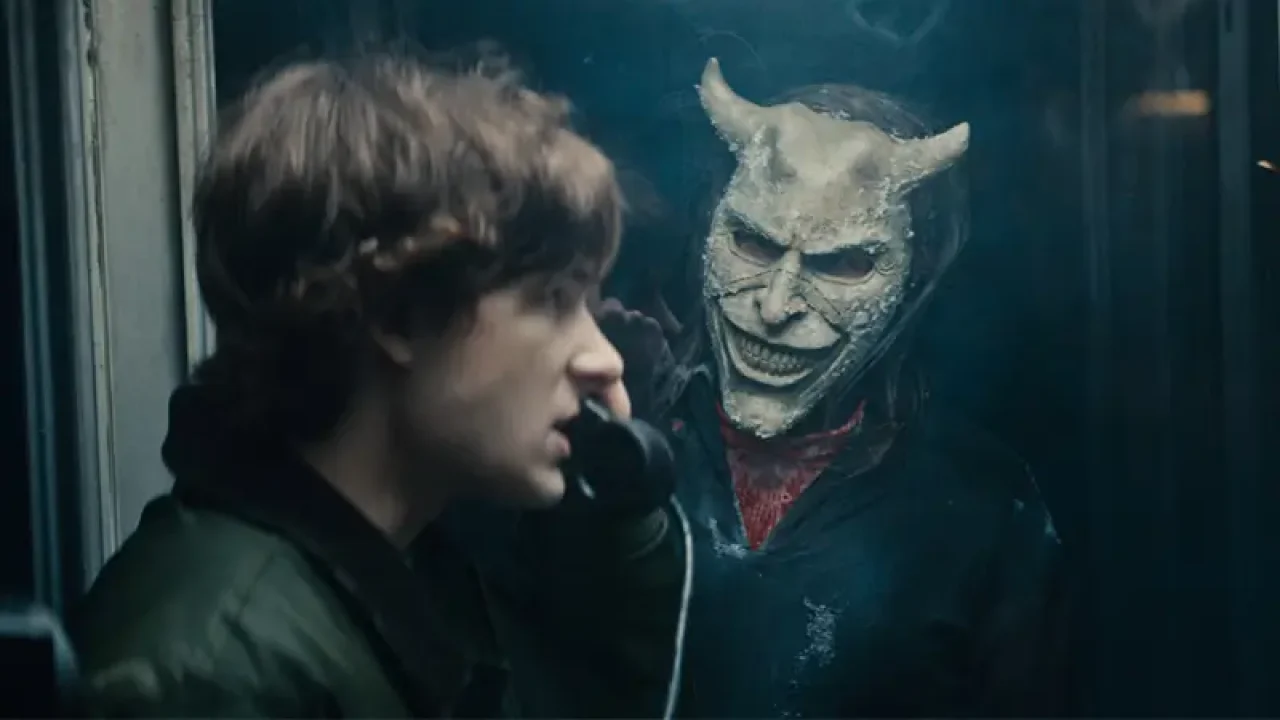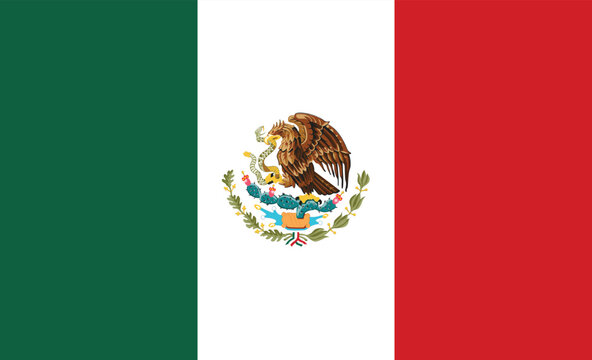“Would you like to be a man?”, one sister whispers to another as they share a bed at night, in one of many moments of discreet domestic complicity between brothers and sisters that populate Vermiglio (Italy, France, and Belgium, 2024), a period drama by director Maura Delpero that won the Grand Jury Prize at the Venice Film Festival in 2024.
By this point, fairly deep into the runtime, it’s a question that has undoubtedly crossed the minds of not only the three sisters at the center of the narrative but also carries significant weight for the men in this story. It is, therefore, the central question of this film. Or perhaps it’s not about whether it’s preferable to belong to the male gender, but rather what it means to belong to either one.
What’s it about?
Vermiglio begins in the winter of 1944, in the small, remote village of the same name located in the Trentino region, in the Alps of northeastern Italy. The village teacher, Cesare (Tommaso Ragno), leads a mundane life. He teaches the children and at home deals with the hardships of the harsh winter alongside his wife and seven children.
One day, a young army deserter, Pietro (Giuseppe De Domenico), appears and takes refuge in a barn. The village decides to hide him from the Nazis and give him work for the winter. It is then that, shortly after, he falls in love with Lucia (Martina Scrinzi), the teacher’s eldest daughter. She becomes pregnant, and they decide to marry—an event that forever changes, in unforeseen ways, the life of the family and the village.

Vermiglio: Men, Women, and Post-War Communities
Delpero presents a restrained, meticulous, discreet drama, whose tensions simmer on a low boil beneath a surface—and a rhythm—of calm. Largely because Vermiglio takes a considerable amount of time to bring us close enough to even discern the protagonists’ faces.
The director first introduces us to the family unit, not individually but as a collective: wide or medium shots, everyone in bed at dawn. Then, subsistence: who appears to be the mother milks a cow, cuts, and then distributes the milk to the little ones, before we viewers even get to know them. And then, we see them all at the table, in the chiaroscuro of dawn, heads bowed and no faces discernible.
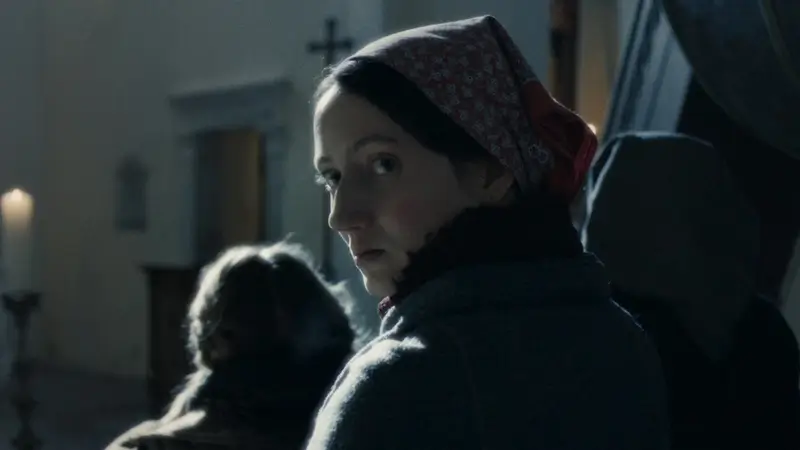
Instead of close-ups, Delpero opens up the frame and presents us with snowy landscapes, rustic cabins, the precariousness of rural life in the mid-20th century during a harsh winter. We return to the family home, but several more minutes will pass before we see a face up close.
Vermiglio begins as a film about community more than individuals, a dynamic that will tragically replicate throughout the rest of the narrative, even after the romance between Lucia and Pietro has blossomed.
And it’s not that the film doesn’t show us the personal aspirations of the sisters. The middle one, Ada (Rachele Potrich), yearns for love and hopes to continue studying. The first possibility only opens up for her older sister, while the second is only viable for the youngest, Flavia (Anna Thaler). The destiny of the “greater good”—motherhood included—will soon arrive in their lives with the full weight of a lifelong penitence.
On the other side of the spectrum are the men: the older ones with very rigid expectations of masculinity and family values; and the young men spiritually broken by the war, considered cowards or deserters by the former and full of latent frustrations. Although Vermiglio never quite clarifies the inner lives of its male characters—its true protagonists are the three sisters—we do witness the repercussions of what a patriarchal, discreet, and internalized morality can have on the lives of an entire community.
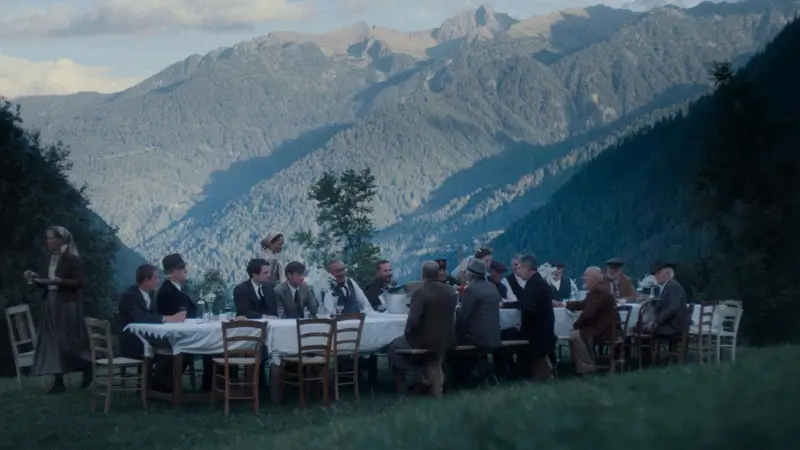
And it’s not that this is a film with outbursts of violence, but the devastation of its everyday tragedies arrives like a blizzard: sudden, harsh, but with a beauty as unusual as it is quiet.
In the end, what is called into question is the weight of the community against individual desire, both with their indiscriminate victims. What is the price to be paid for one or the other? The answers vary, but the curious thing about them is that, well into the 21st century, they don’t seem to be much different from those in 1945.



